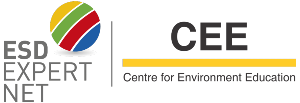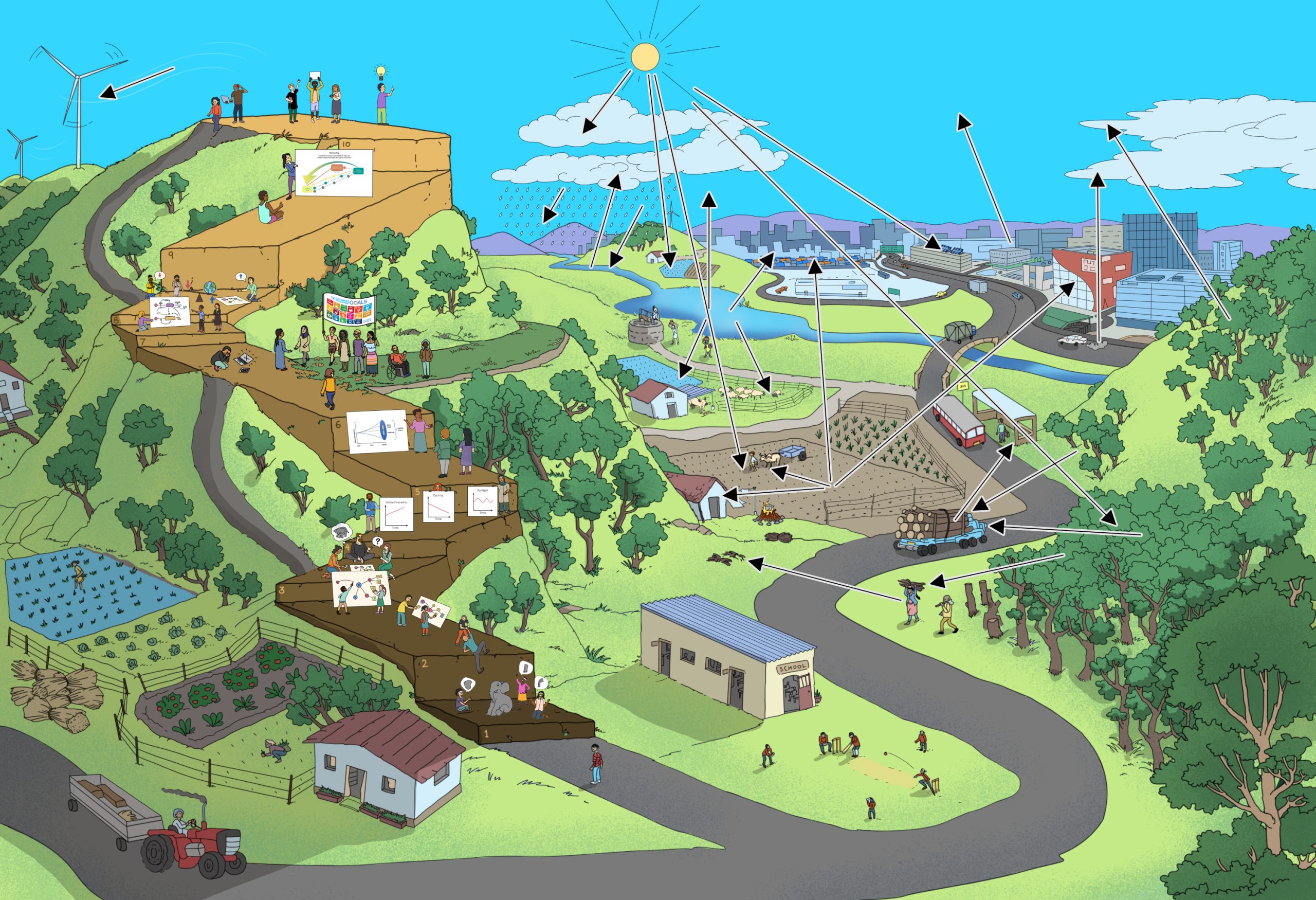1. Suitable for Steps
7, 8, 9
2. Duration
1 to 2 hours
3.Material Needed
paper, pen
4. Group size
Pairs or small groups of up to four participants
5. Objective
To enable students to develop realistic working plans for intended changes in the future.
6. Method
- The basic strategy of this learning method is to focus on the time frame in the future at which you will have reached your aims, and then work out the steps that need to be done to reach to that point.
- For example: When will we have eco-friendly cotton production in India?
- Starting from this future scenario you will think about the various steps which have to be taken to reach that aim at the defined time. This approach enables one to plan realistically the content wise steps as well as the organizational steps that have to be taken.
- The task is to convert a vision into a concrete working plan. This is the contribution of the learning method to improve systems thinking competence.

7.Contribution to System Thinking competency development
The learning method is helpful for learners to develop visions of an intended future and the strategy to follow.
8.Example
- If the intention is to produce only organic cotton by say 2030, then you start from that intended reality in future and think backwards about what you will have to do, and the steps to achieve the set aim.
- In this context alternative materials, dyes, cloth markets and many other aspects have to be considered and arranged in a logic time frame.
9.Extension/ variations
– –
10.References
– –

